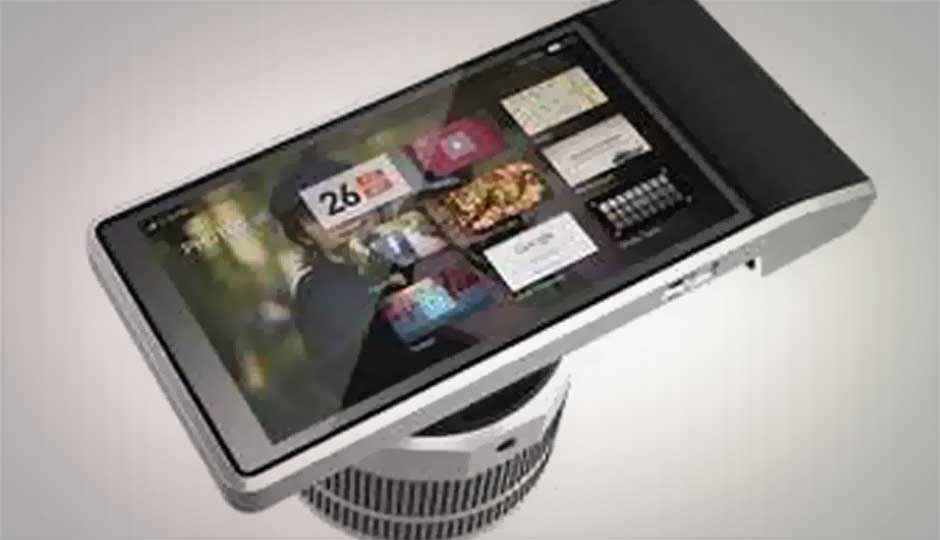The year that tech discovered people

I remember New Year’s Eve of 2010. Instead of doing justice to the occasion and the wine, I found myself countering a moderate attack, from another guest at the party, on my smartphone. When he caught me taking a peek at my phone – not to check a message or take a call but to look at an image of Death Valley which another person had just been describing – he sneered at what he felt was my constant involvement with my phone which he insisted was only for calling, after all.
Fast forward to New Year’s Eve 2011. Somewhere during the year, I managed to persuade this acquaintance to buy an iPad. That did it. Not only has he been completely won over to the world of mobile devices but he’s clean forgotten about his extramarital affair. No one can come anywhere close to his iPad and he’s ever ready to explore new apps and uses for it and also to look at other gadgets with keen interest.
This story isn’t unusual. With smartphones – both top-end and affordable – tablets, netbooks, ultrabooks and other gadgets flowing in all through 2011, it’s clearly been a year in which millions discovered technology. If you look at small cities and rural areas, it’s the first time many people had access to all kinds of information because of mobile phones.
But I like to think of 2011 as the year that technology discovered people.
Practically every product coming out into the market had to build in “social” to be worth its salt, whether it was the beleaguered BlackBerry, integrating whatever apps it had with social networks and messaging, or Windows Mango phones with their “People First” orientation. Or even Android, which jumped out of the geek camp this year and out into the wild with Ice Cream Sandwich in its first attempt to become more welcoming of mainstream people. In all these cases, although the motives are differing, the idea is still the same — making products about people. Even if we’re not thinking mobile phones, you’ll find that many other devices are trying to be social. My friend from the New Year’s party would probably be surprised to know that a Seattle comp0any, Artefact, is actually integrating a phone with a camera rather than the other way around.
Another way that technology has been all about people can be seen in the way that communities spring up around products. Nothing is more illustrative of this than Instagram, which after all, is just a little photo-uploader with a handful of cross processing filters. Who would have thought that, coupled with the iPhone, this little app would be instrumental in the transformation and mainstreaming of photography that is taking place right now. A bunch of photo and art apps have tried to replicate this phenomenon and while they may not have reached the same critical mass, they are thriving — because of the interaction and engagement of people around it and the manner in which each product has become a social object.
Another sphere in which people have become the focus is that of technology for the workplace of the future — with the future, of course, being right now. For the past few years, the concept of Enterprise 2.0 has been growing, but it gathered some momentum this past year. Seeing how the world at large has become ‘socialised’ large organisations were hardly about to be left out. Practically all the big companies — Microsoft, Cisco, IBM — and many smaller startups have been busy creating comprehensive technology solutions to make the workplace collaborative.
The idea is that if people are able to seamlessly reach out to each other for information, creative ideas and expertise they will be able to be more productive and efficient to achieve common goals. The idea is logical and very seductive — but it doesn’t necessarily work. This is because the technology itself can’t ensure there is a culture of sharing and collaboration in an organisation. Wikis and blogs are sharing platforms, but yet, after the initial enthusiasm wears off many companies find they fizzle out. Management keeps bringing it to the notice of those in charge and everyone promises to remember to put in updates, but it’s forced rather than natural.
As all parties concerned realise that it isn’t about the technology at all and that something big will have to be done to make it comfortable and natural for people to communicate, new ideas are being sought to make the whole Enterprise 2.0 concept work.
These three areas of accepting that socialisation is now part of ‘real life,’ understanding that a product must be a social object, and bringing collaboration naturally to the workplace, are strong trends that move from 2011 into 2012. I wonder if, by New Year’s Eve 2012, guests at the party will have become accustomed enough to using technology in different spheres of life — and technology makers tuned in enough to the way people want to interact with products.

